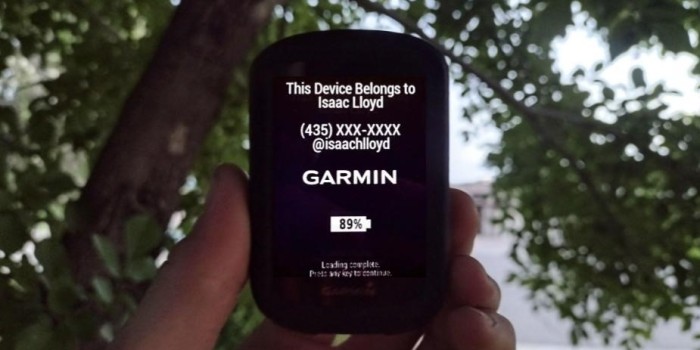It's been a cold and dark couple of months here in the desert, so as you can imagine I was pretty pleased when I woke up to a warm, beautiful morning on New Year's Day a few weeks ago. I immediately had the desire to ride, so I pulled my bike down to begin my belated drivetrain maintenance. After dialing everything in, I decided I really ought to make some adjustments to my shifter. Then, I broke it. I snapped one of the springs inside the mechanism and ripped the top lever clean off.
When that happened, I broke too. It wasn't the damage that I caused to my shifter that hurt me, it was a combination of months of frustration with all of the many bicycle drivetrains I've dealt with at home and work. My day was almost ruined- I still got out and rode around with my high limit screw slammed up into 8th gear like some kind of singlespeed freak. It wasn't awful, but I'm certainly not proud. I spent the rest of New Years playing with the idea of ditching my analog drivetrain. My mind was thrashed by the idea late into the night when I eventually found myself browsing wireless drivetrains online.
SRAM's newish direct-mount wireless drivetrain really caught my eye. It's something I've known about and even had the opportunity to work on since the day it was released to the public. With an MSRP of $2,299.99 it had seemed like a pretty long shot, but using my dealer discount, I ordered it anyway. It was past one in the morning when I clicked the button that was between me and a SRAM T-Type XX Transmission Kit. Debit Card in hand, the deed was done. I didn't sleep at all that night. When I woke up in the morning, I nearly canceled the order but was in such a rush to get about my day that I didn't.
I chose XX over the three other options (GX, XO, and XX SL) because I felt like it was going to have the smallest compromises and perform the best in the long run. While it is incredible, the whole theme of GX Transmission seems to be making compromises to create an affordable system. It uses heavier materials and looks pretty bulky. XO & XX are very similar systems that sit right in the middle, and XX SL pushes the bar too far for my comfort by having a primary theme of saving weight (and thus isn't e-bike rated). The biggest difference that I can spot between the XO and XX kits were the carbon cranks that come with XX. Everything else is more or less the same materials and technology.
A few days of excitement later, the UPS truck dropped off a brown box that was sealed with the familiar red SRAM packing tape I love to see. I had prepared my bike the day before by stripping off my old, analog Eagle Groupset and cleaning everything up.
I then stayed late after my shift at our local bike shop to get everything installed on my Specialized Epic Evo. The installation went more or less the same as it has in the past. I've put every tier of transmission on both analog and electric bikes since its release last year and once you get the hang of it, it really is the easiest bicycle drivetrain I've ever set up. That being said, I wouldn't go as far as to say it's plug and play. I had to use SRAM's chain length calculator online, do a firmware update, charge the AXS battery, and microadjust the derailleur a little in the SRAM AXS app before it was ready to be ridden.
As far as bicycle weight goes, things stayed just about the same. I upgraded from standard GX eagle, and swapping my cranks out for the new XX carbon ones made up for the additional weight of the battery-powered derailleur. Had I chosen a lower tier of transmission, I definitely would have gained a few hundred grams overall.
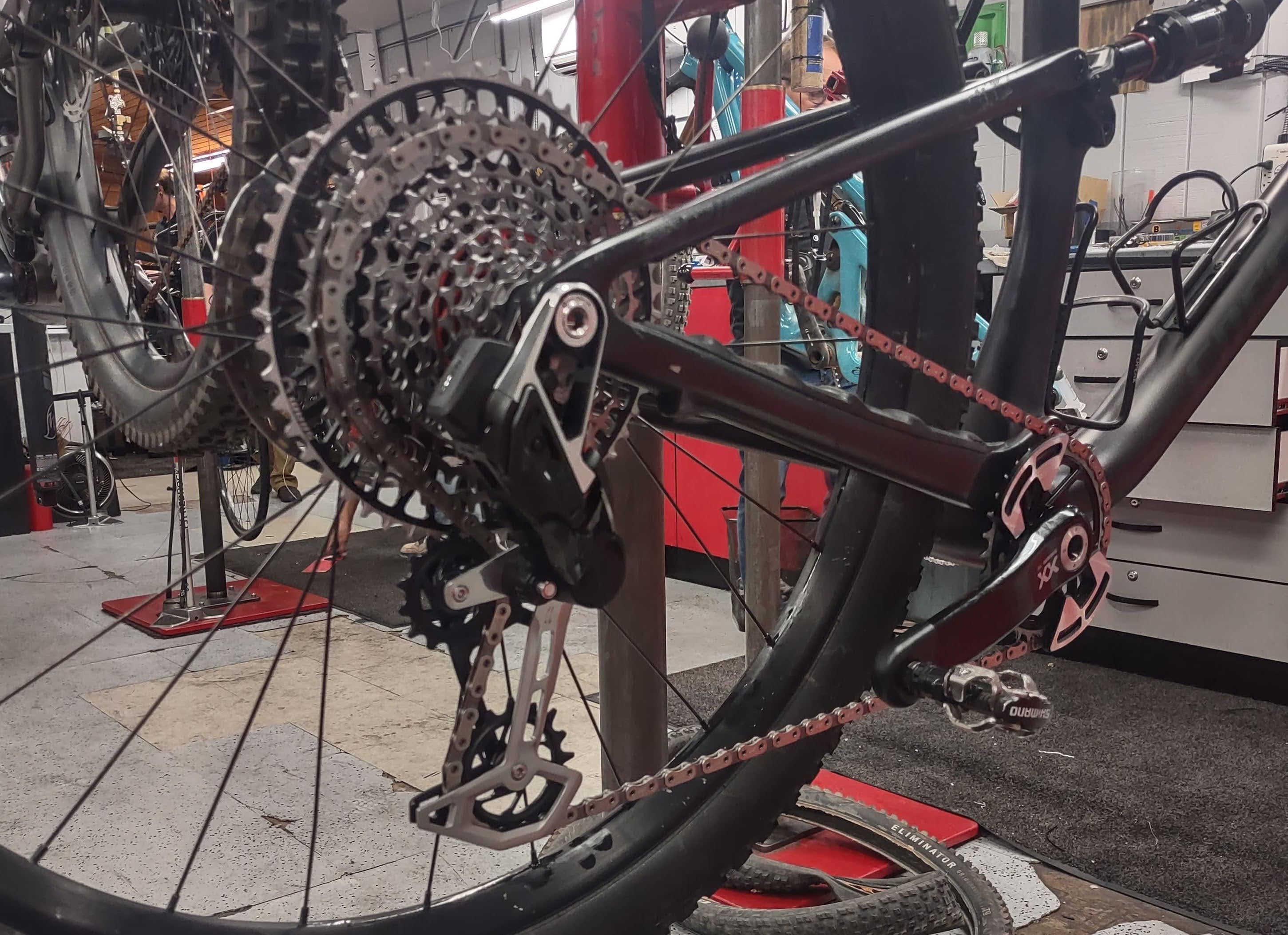
Ride Quality
Taking transmission out for a proper ride caught me off guard. I did an 18 mile loop of mostly technical trails and struggled the whole time. Even though the derailleur was performing as intended, I felt like it had a mind of its own. I kept bumping the new AXS Pod controller by mistake and I wasn't used to the slightly slower electronic shifting. Since I had never spent more than an hour or so on a bike with a wireless drivetrain before, the sounds of the derailleur were driving me crazy too. To be honest, there was only one thing that I liked about the expensive changes I had just made to my mountain bike, and it was the ability to shift under load. I didn't have to think or reduce my power the majority of the time. Everything I told my drivetrain to do, it did in a perfect, robot-like manner. It was so obedient that I proceeded to shift on accident at least 50 times when my fat fingers would brush up against the controller buttons.
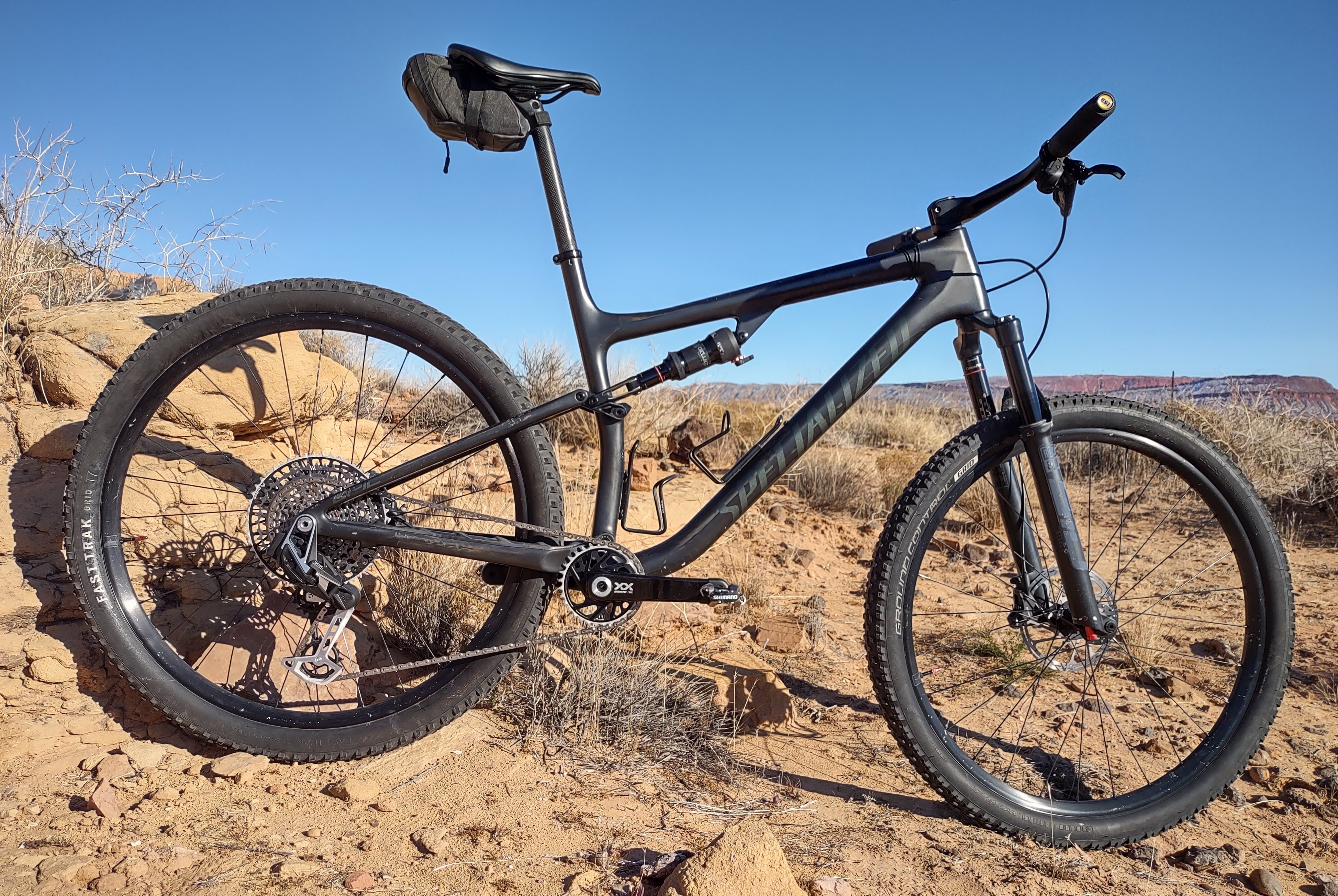
"Frustrated" was the emotion I felt on my way home. That being said, I didn't completely hate it. The next morning, I reluctantly sprayed my expensive electronics with water as I began to wash everything up. Nothing broke, which was super cool. I took an hour afterwards to attempt to adjust everything to be more suitable for me. My biggest rival was that Pod controller which was in such an awkward position. SRAM describes it as "infinitely adjustable" which is a little ironic since the handlebar clamp they use is shaped like a figure-eight. I rolled it back on the handlebar and tilted the pod up a little further so it was just out of reach of my thumb's resting position. This adjustment made my hands much more comfortable and prevented me from accidentally hitting the buttons most of the time.
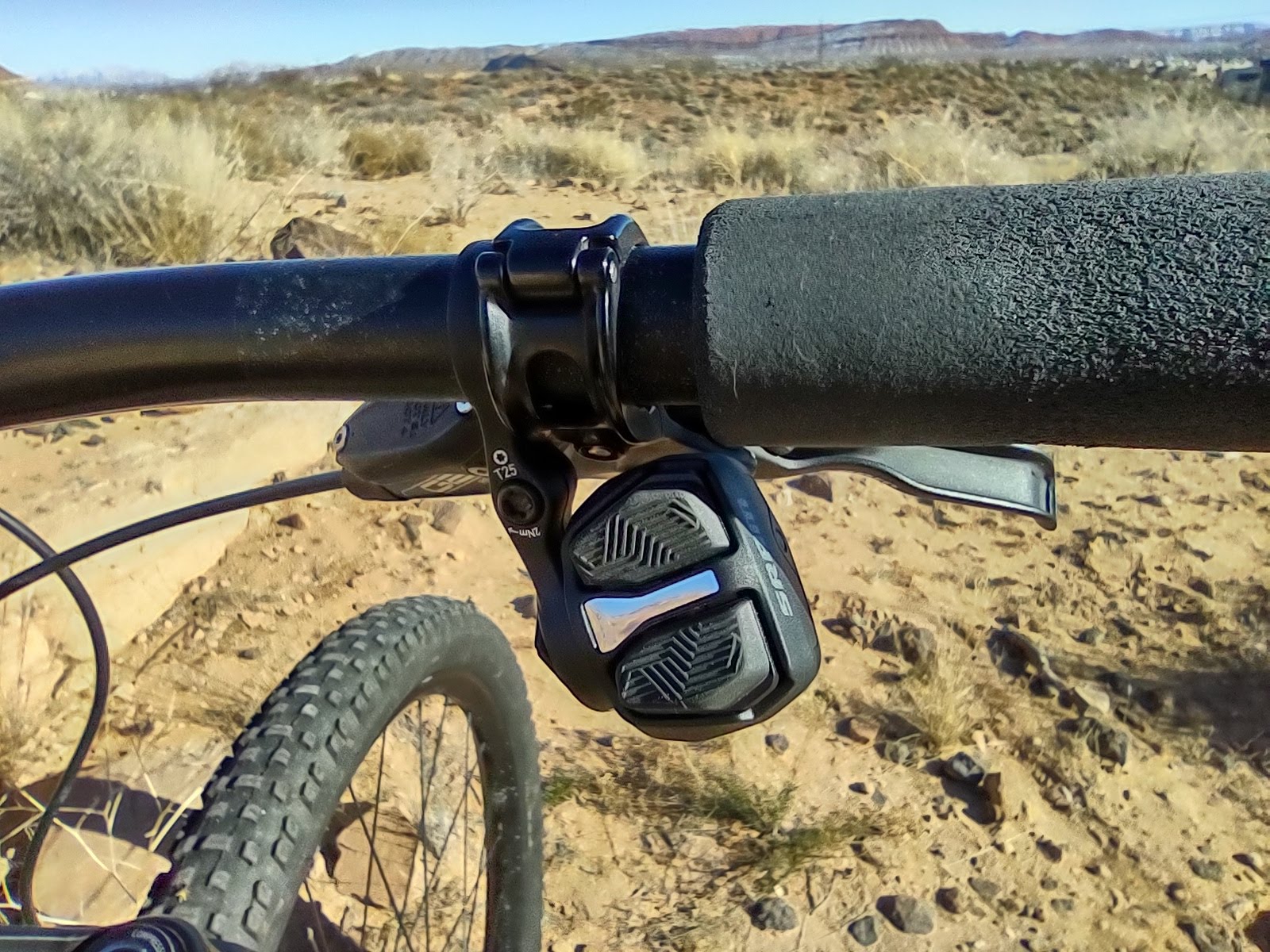
The other big change I made after that first ride was turning on Multishift in the AXS app. A suggestion from my buddy Nick that I initially ignored, but it was a suggestion that eventually became a game changer. Multishift makes it so you can hold down the controller button to shift multiple gears at once. Initially I felt like it would make me shift more cogs than I wanted to, but that wasn't the case as I got used to it. Multishift is a feature that you can't compare to anything in an analog drivetrain. I would normally need to physically move my thumb over and over again while hauling down a technical hill if I want to be in a harder gear when I reach the bottom. Now, I can hold the controller button down while I am gripping the handlebars and the derailleur does the rest for me. It feels safer and works better. I consider this a serious win for all AXS drivetrain systems.
KLC
I put my adjustments to the test when I set out to PR my favorite trail, the Kentucky Lucky Chicken Trail or KLC (which I've been told really stands for Kenny, Lukas, and Carl. Lukas will fact check me next time I'm in the shop). I felt far more confident on my bike this time. While I did accomplish my goal, I slammed my derailleur into a rock on one of the last corners and felt my heart sink deep into my chest when I realized what had happened. Suddenly, I heard the sound of the motor quickly fixing my mistakes. It went right back to where it was supposed to be, and continued shifting like a champ.
I had just taken advantage of the transmission "overload clutch." My derailleur literally moved out of the way to prevent itself from being damaged, and then moved right back to where it was supposed to be to allow me to continue. This feature really helped win me over. One of SRAM's goals was to create something indestructible, and they did a pretty dang good job. Should you decide to break something anyways, they offer affordable replacement parts for every single piece of the derailleur and instructions for repair.
Most recently, I took a ride out to a local classic, the Bear Claw Poppy trail. It was a familiar benchmark, and I was really impressed with how well my bike shifted along the way. Bear Claw features a slow and steady climb with a flowy descent and lots of optional steep chutes and hills. This ride was fast and comfortable. Multishift really came in handy when I was approaching a steep feature, and the pod controller was right where I wanted it. I rode back home with a confident smile on my face and no complaints left. After 15 hours of riding over three weeks, the battery is still over half capacity and everything functions like new. Success.
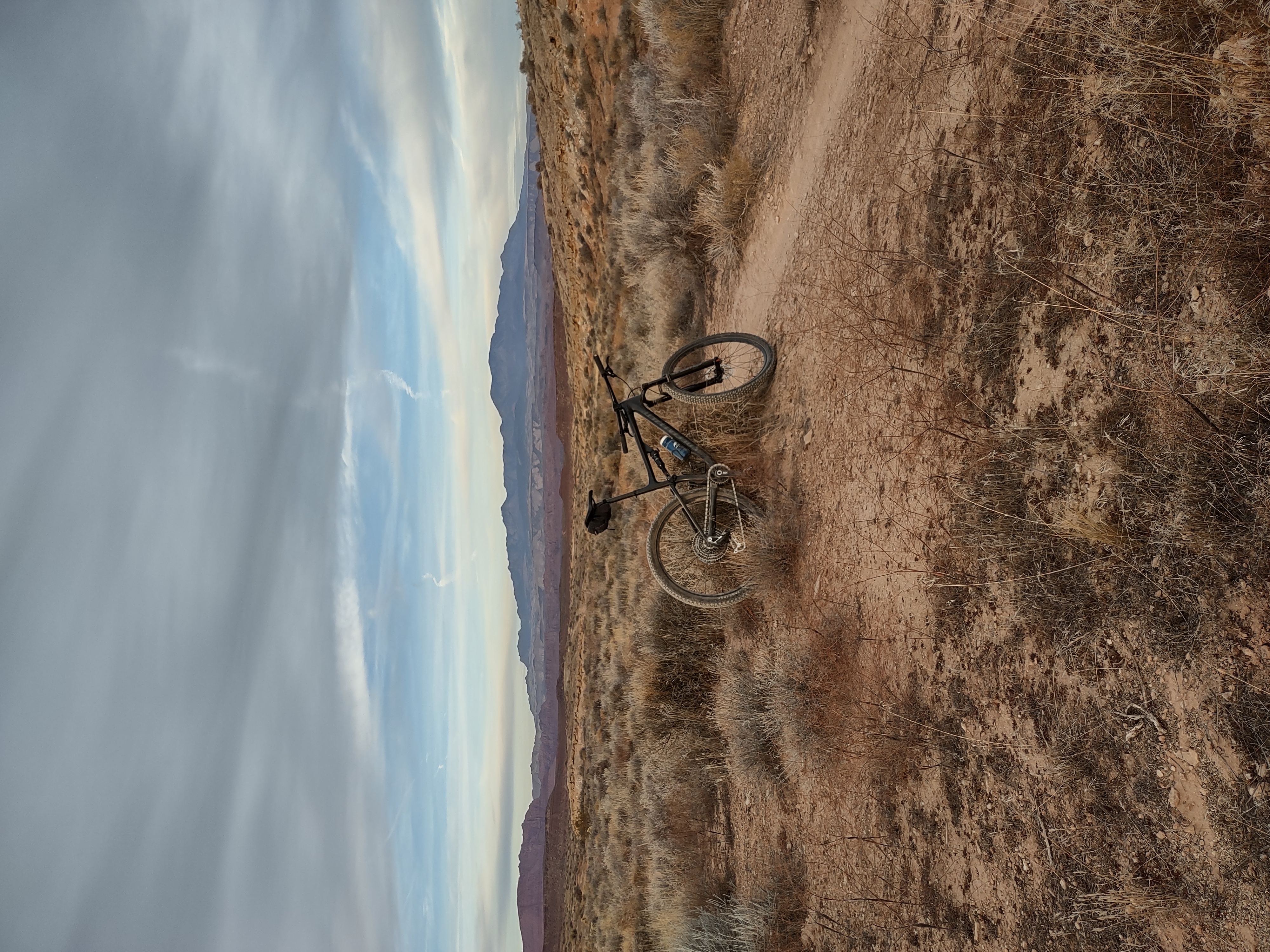
Final Thoughts
I'm glad I upgraded to Transmission. The final big benefit for me has been increased motivation to ride my bike. I was previously struggling to get out on the saddle, but now I get excited for an opportunity to be rocking the coolest drivetrain on the block. Riding has become something I itch for between all of the cold and rainy days. If I have to spend a bit of money for that kind of desire, so be it.
Is it right for you? Probably not. At such a high price point, I don't expect to see transmission being used much outside of people who race or ride frequently. You can get lighter, plenty reliable components that do the same thing at a much lower cost. At the end of the day, we're just trying to shift gears. If you are interested in purchasing transmission, visit your local bike shop and test ride a bicycle that has transmission installed. You might just fall in love with it.







